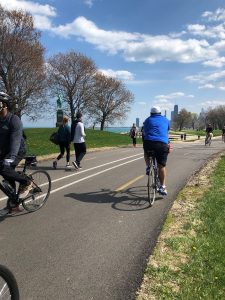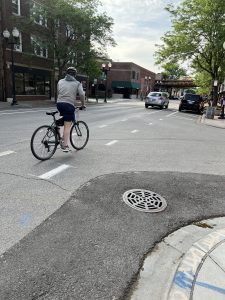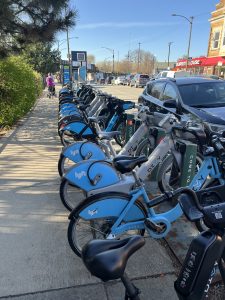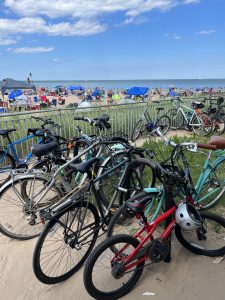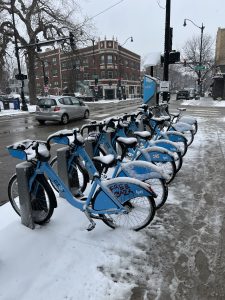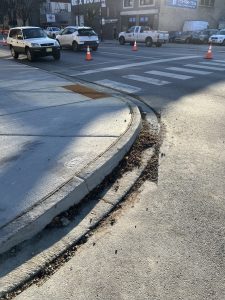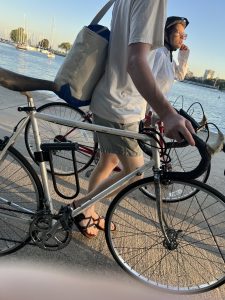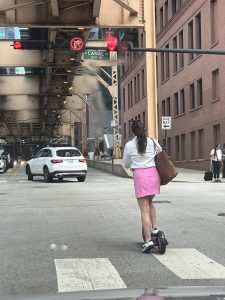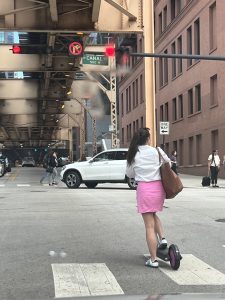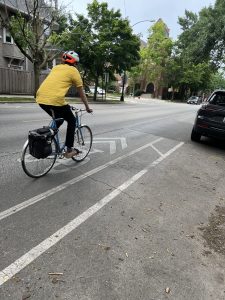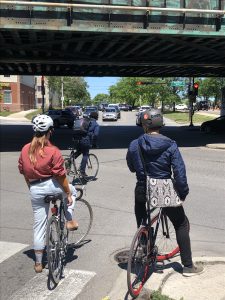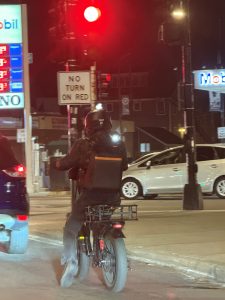 At Zneimer & Zneimer P.C., we handle personal injury cases involving injured bicyclists throughout Chicago and Illinois and have learned from experience that visibility plays a crucial role in bicycle accident cases. Both Illinois law and Chicago’s municipal code impose specific duties on bicyclists to help prevent crashes and to ensure that, if an accident happens, the bicyclist does not bear legal responsibility for failing to follow the rules.
At Zneimer & Zneimer P.C., we handle personal injury cases involving injured bicyclists throughout Chicago and Illinois and have learned from experience that visibility plays a crucial role in bicycle accident cases. Both Illinois law and Chicago’s municipal code impose specific duties on bicyclists to help prevent crashes and to ensure that, if an accident happens, the bicyclist does not bear legal responsibility for failing to follow the rules.
The Rules of the Road Apply to Bicyclists
The Illinois Vehicle Code requires bicyclists to follow the same traffic laws that apply to motor vehicle drivers. Under 625 ILCS 5/11-1502, every person riding a bicycle upon a highway “shall be subject to all of the duties applicable to the driver of a vehicle,” unless a provision of the Code clearly does not apply. This includes obeying signals, yielding when required, and using lighting and reflectors for visibility at night. When bicyclists ride in traffic, the law treats them as drivers. That means the duty to avoid contributing to an accident is the same.
Chicago Ordinances Underline the Visibility Requirements
Chicago’s municipal code goes further. Under Chicago Municipal Code § 9-52-080, a bicycle used at night must be equipped with:
- A white headlamp visible from at least 500 feet in front,
- A rear red reflector that reflects headlights from up to 200 feet away,
- Or a rear red lamp that emits light visible from 200 feet,
- And a brake that can cause the braked wheel to skid on dry, level pavement.
These are not optional features. A bicyclist who rides at night without these elements violates the ordinance and may be found at fault in a collision. If the case proceeds to litigation, defense attorneys or insurance companies will likely use that violation to argue contributory negligence.
In addition, Section 9-52-100 makes clear that parents or guardians may not knowingly allow children to violate bicycle regulations, meaning that even adults who let their children ride without lights may face legal exposure.
Real Consequences in Real Cases
In Bolek v. West Shore Transport Co., a nine-year-old boy rode his bicycle at dusk and entered a street intersection where a tractor-trailer was turning. The boy had difficulty balancing the bicycle and did not have a headlamp. The trailer ran over him, causing fatal injuries. The plaintiff sued for wrongful death, arguing that the driver failed to keep a proper lookout or sound a warning. The court allowed the jury to consider whether the boy’s lack of a headlamp contributed to the collision. The jury returned a verdict for the defense. The appellate court affirmed the verdict, stating that the absence of a headlamp raised a valid question of contributory negligence. The court found that even though the driver may have failed to see the boy, the lack of a headlamp on the bicycle supported the defense theory that the boy’s visibility played a role in the accident.
In Savage v. Martin, a ten-year-old girl was struck by a car while crossing an intersection on her bicycle in Chicago. Her mother filed a personal injury lawsuit against the driver, alleging that his negligence caused the accident. According to testimony, the child was 20 to 30 feet outside of the crosswalk when the collision occurred. As she was outside of the crosswalk, this may have affected her visibility to the driver, who claimed he did not expect a bicyclist to cross mid-block or outside the designated area.At trial, the court directed a verdict on contributory negligence, holding that the child was contributorily Continue reading

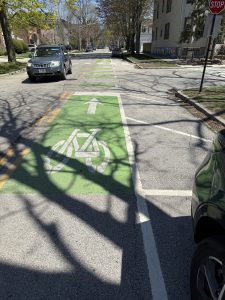
 Chicago Accident Lawyer Blog
Chicago Accident Lawyer Blog


